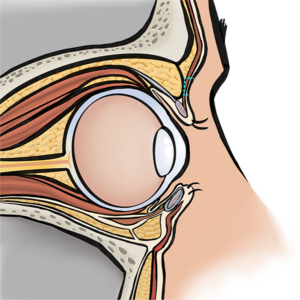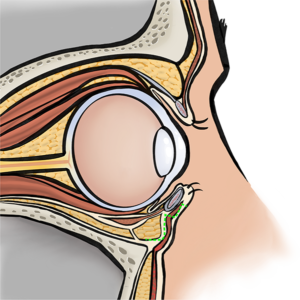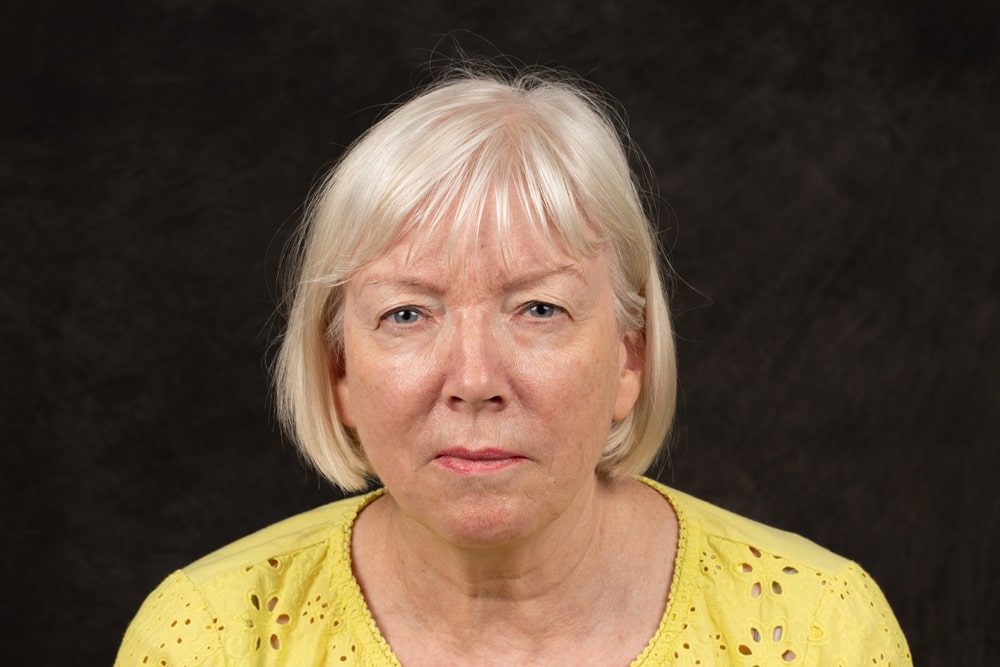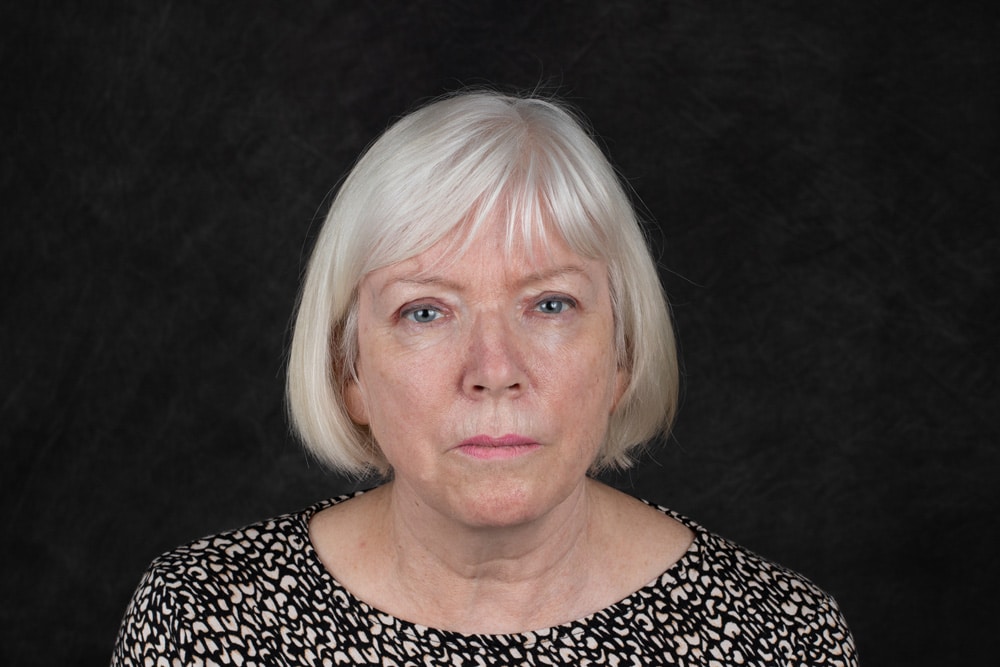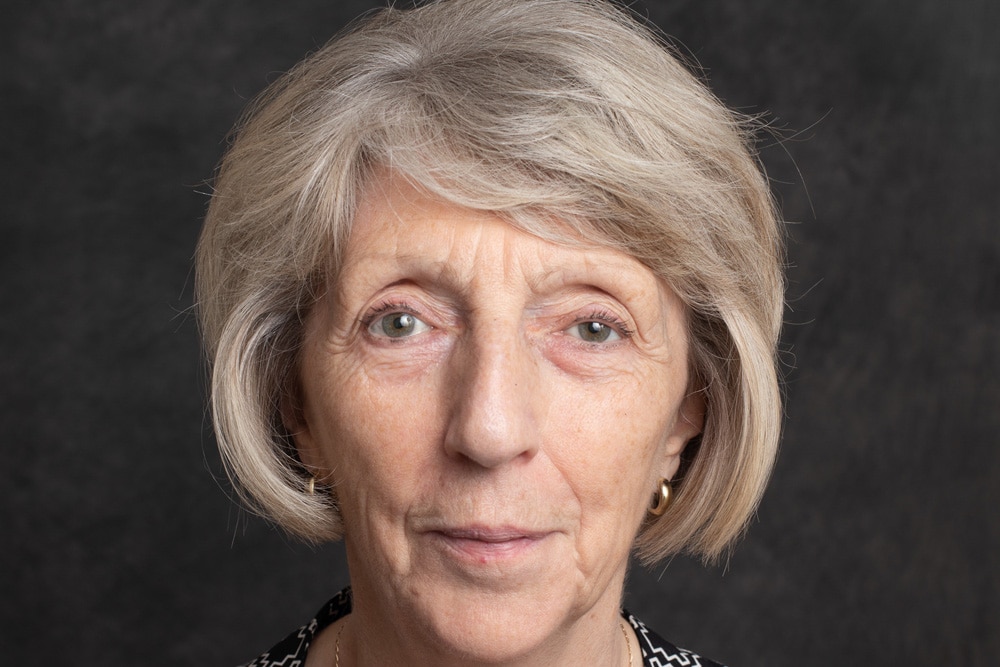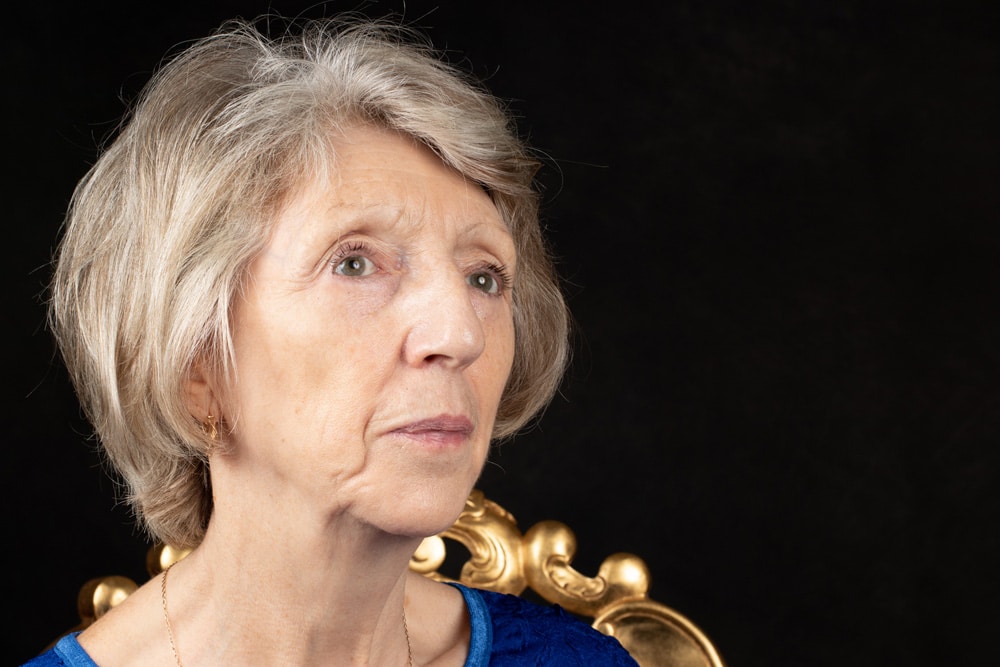|
Procedure
|
Aesthetic concerns about the upper eyelid include excess skin, hooding, and fat protrusion. Undesirable features on the lower lids include excess skin, eye bags, dark circles, tear trough depressions and festoons. Hooded eyelids can obstruct the vision. Sometimes, it can be beneficial to lift the eyebrows instead or in addition to the upper eyelids. A blepharoplasty (=eyelid surgery, lid lift, eyelid lift) can remove redundant skin, muscle, or fat. If the lid margin sits low (=blepharoptosis), a different surgery is required. The operation in this case aims at lifting the lid rather than removing skin. This is more complex surgery. In the lower lid, a blepharoplasty can furthermore improve eyebags and tighten the lower lid (=canthopexy or canthoplasty). Occasionally, scars for the lower eyelid can be hidden inside the eyelid. Additional laser or other modalities can then be used to smoothen the skin. Upper eyelid surgery can be done under a local anaesthetic. Lower eyelid surgery alone or combined with upper eyelid surgery requires a general anaesthetic or sedation with a local anaesthetic.
The wounds are sewn with sutures under the skin which do not require removal and dissolve within four months.
|
|
Scars
|
Upper eyelid crease
Below lower lashes (=subciliary transcutaneous) with short sidewards extensions or inside lower eyelid (=transconjunctival)
|
|
Operation time
|
1 - 2.5 hours
|
|
Anaesthesia
|
General or Sedation with Local for lower eyelids +/- upper lids. Local for upper eyelids only
|
|
Hospital Stay
|
Day Surgery
|
|
Benefits
|
Aesthetic, Psychological, Functional
|
|
Risks
|
Bleeding, Infection, Scar problems (stretched, thick, abnormal pigmentation, red, retracted etc.), Skin discoloration (dark circles do not improve with surgery), Skin cones, Wound separation, Slough, Necrosis, Pain, Irritation, Nerve injury (Numbness, weakness), Bruising, Swelling, Hollowness, Cysts, Overcorrection, Undercorrection, Asymmetry, Recurrent redundancy, Aesthetic imperfections, Eye injury / irritation / dryness, Cornea abrasion, Double / blurred vision, Sympathetic ophthalmia, Blindness, Contour irregularities, Need for further surgery (+/- skin grafts), Ectropion, Lagophthalmos (Inability to close eyes), Brow ptosis (=droopiness), Scleral show, Lateral bowing, Horizontal buckling, Allergic reaction, (General anaesthetic: Chest infection, Heart attack, Stroke, Blood clots in legs & lungs).
N.B. Most complications are unlikely. Serious risks or death are rare
|
|
Risk factors
|
Smoking / contraception / flights within 6 weeks of surgery, overweight, high blood pressure, bleeding tendency (Stop herbal products or supplements for two weeks before surgery), diabetes, pre-existing eye problems, wearing contact lenses in the first two weeks following surgery
|
|
Optimising factors
|
Diet rich in Vitamin C and protein, plenty of fluids, fresh air, scar massage, sun protection. Dry eyes usually settle within 4 months after surgery. Microwaveable wheat bags and eyelid massage (as directed by) me can help.
|
|
Discomfort
|
1 week
|
|
Bruising
|
2 - 3 weeks
|
|
Recovery
|
Driving and light activities 1 week, Physical work & sports 4 weeks
|
|
Acceptable appearance
|
2 - 4 weeks for most patients (This is subjective)
|
|
Final result
|
6 -18 months
|
|
Alternatives
|
No Surgery, Make-up, Fillers, Fat transfer, Laser, Botulinum toxin, Brow lift
|




